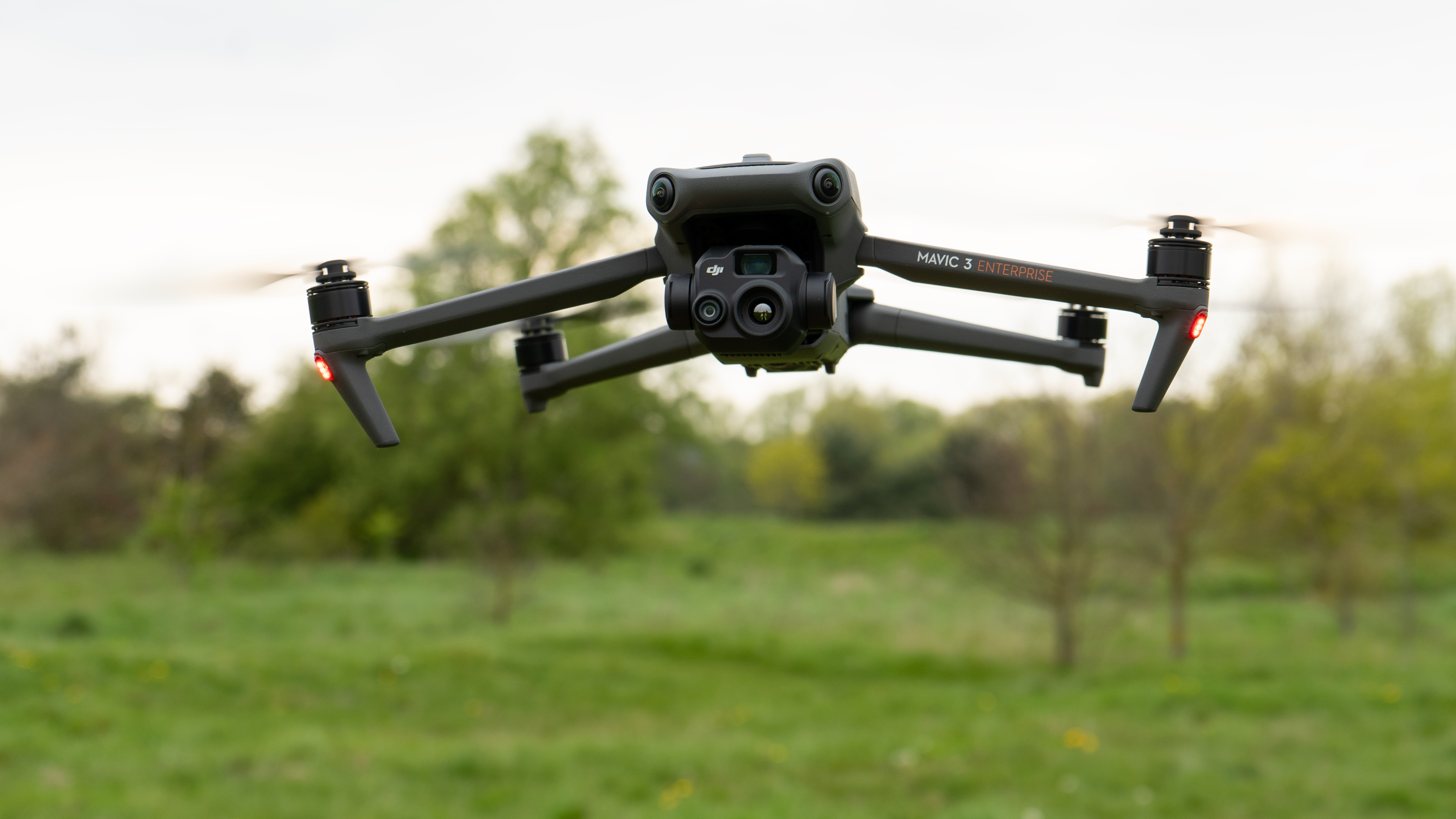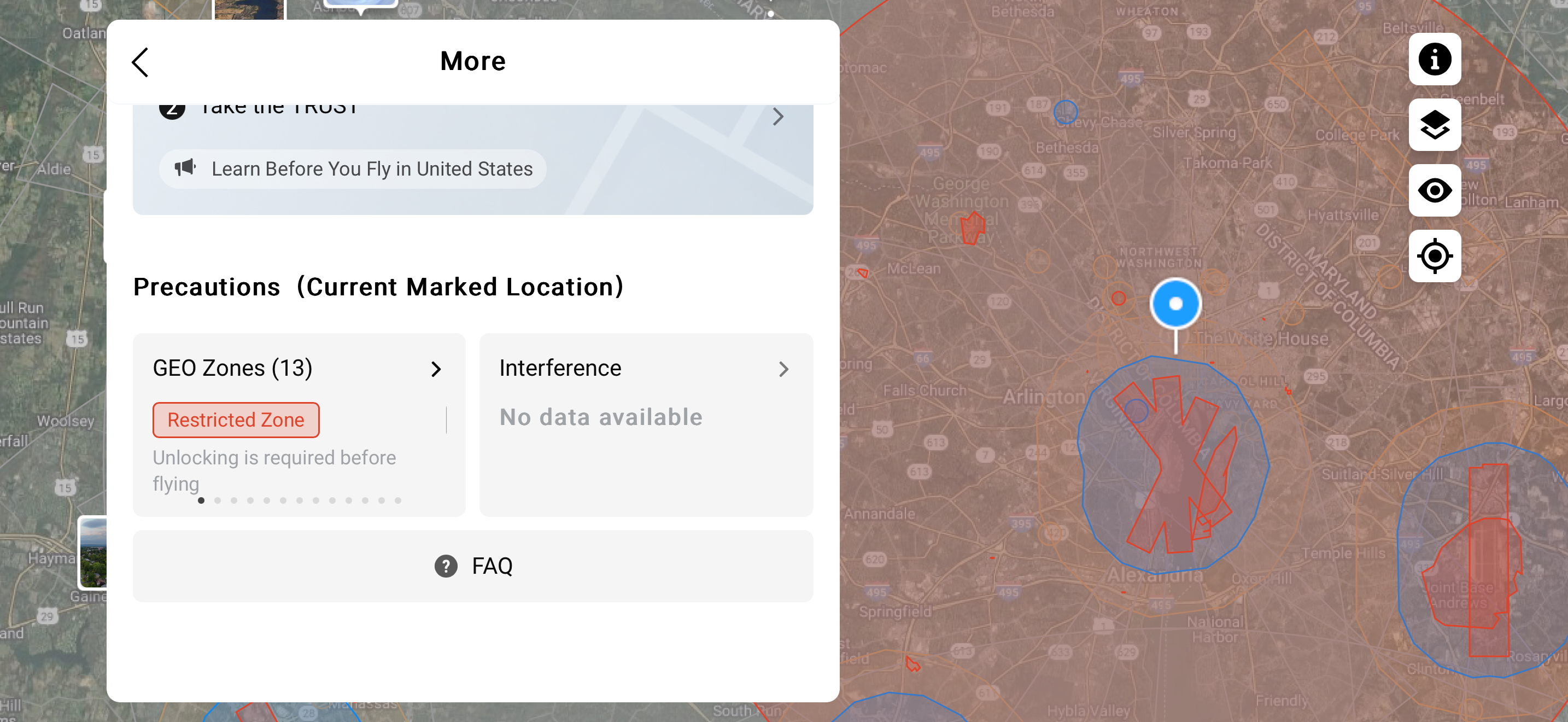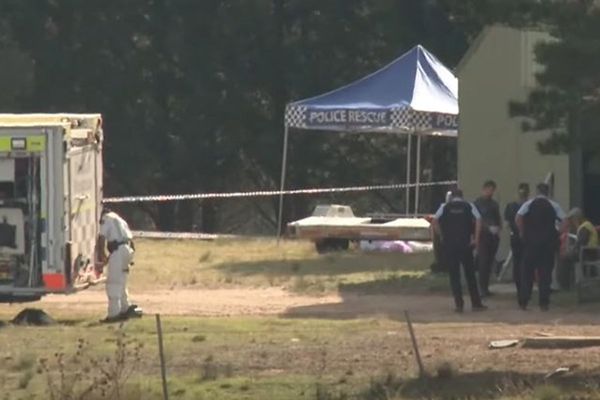
Despite the current climate, DJI – maker of most of the best camera drones – has dramatically loosened its grip on operators of its drones by ditching their 'Restricted Zones', leaving safety to the pilots and the FAA (Federal Aviation Administration) – the part of the US government responsible for planes and drones.
That means drones that would automatically stop themselves from flying over places like the White House will now simply warn their owners they shouldn't, but allow them to carry on. Responsibility will be with the operator.
Most DJI drones used this system of "geofences" – areas that the drone simply would not just warn you about but would refuse to fly into. This geofencing data is part of the Fly Safe database, maintained by the DJI Fly app and operators would need to seek permission and prove it to DJI to get clearance to fly in one of these zones. It was an irritation for operators, but perhaps DJI also took the view that it protected the brand from bad publicity.

Now, DJI's zone will be downgraded to 'Enhanced Warning Zones' and operators will simply receive alerts when flying into them. Responsibility will be placed on pilots to comply with current FAA rules.
Although there is no comment either way, you might argue that DJI has little to lose in terms of negative publicity in the US, while it will be able to save in administering a system unpopular with serious operators.
It's worth noting that in some of the anti-DJI commentary from politicians, the possibility of firmware updates – including, of course to the Fly Safe database – have been a concern because the updates come "from China". DJI do say in their blog "To suggest that this update is linked to the current political environment in the U.S. is not only false but also dangerous. Politicizing safety serves no one."
It does, however, come at a time when drone users are under a lot of scrutiny in the US after a drone jeopardised the LA wildfire containment flights, a boy was hurt by a display drone, and only shortly after the entire country was concerned about drone sightings.
According to DroneDJ, DJI is recommending that users continue to update on a regular basis to keep fresh map data (you'll still get warnings even if you're not prevented from flying into those places), you secure authorizations for restricted areas directly from the FAA, and that you consult.
The FAA maintains a Where Can I Fly page on its site, which should now be the starting point for American drone users.
You might also like
Check our guide to the best non-DJI drones.







